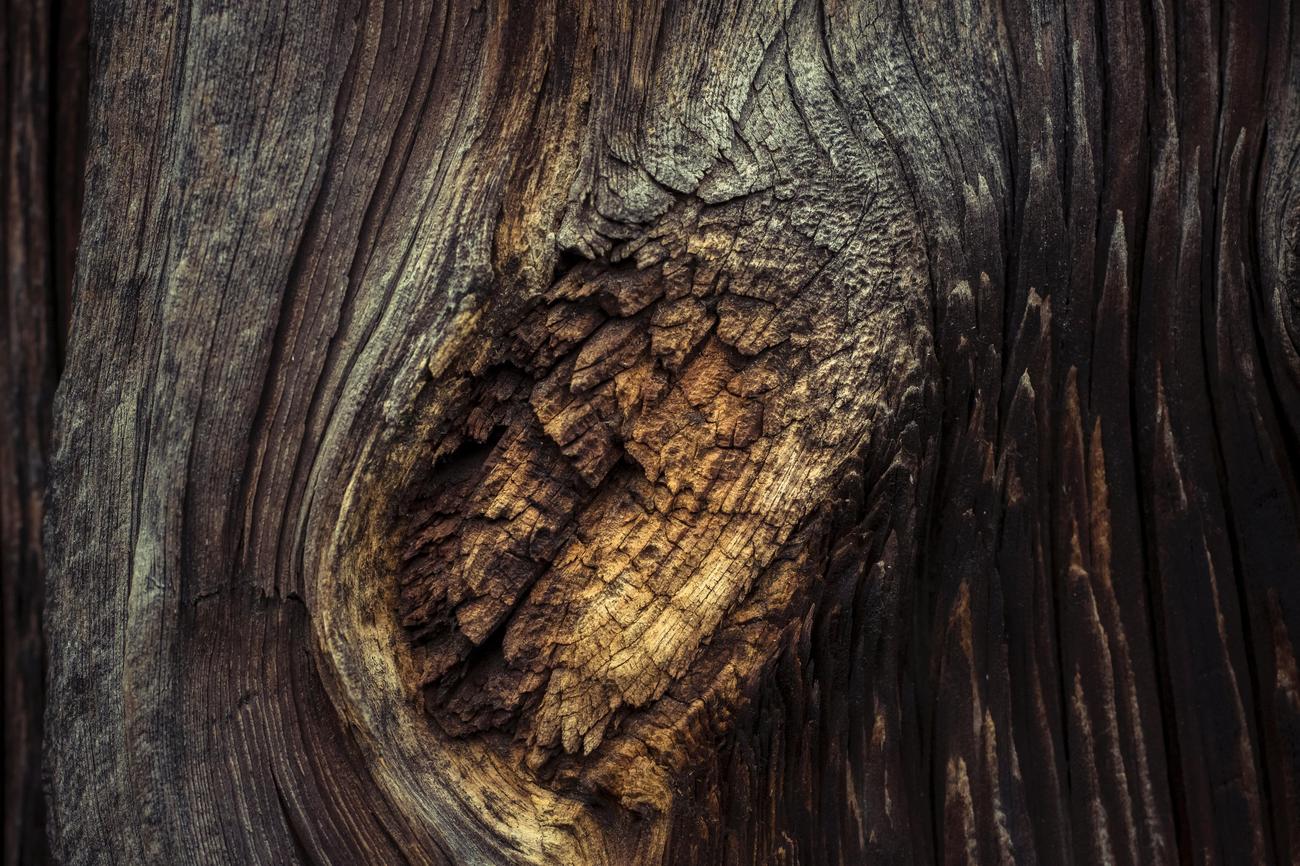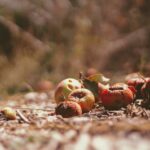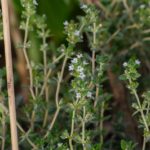Unearthing History: Who Made the First Compost? As we delve into the annals of time, seeking answers to the mysteries of our past, few questions evoke the same sense of intrigue as the origins of composting. Dating back millennia, this age-old practice of transforming organic waste into nutrient-rich soil has been an integral part of agricultural and horticultural traditions around the world. But who can claim the title of the first compost maker? Join us on a captivating journey through time as we uncover the fascinating story behind the creation of the very first compost pile.
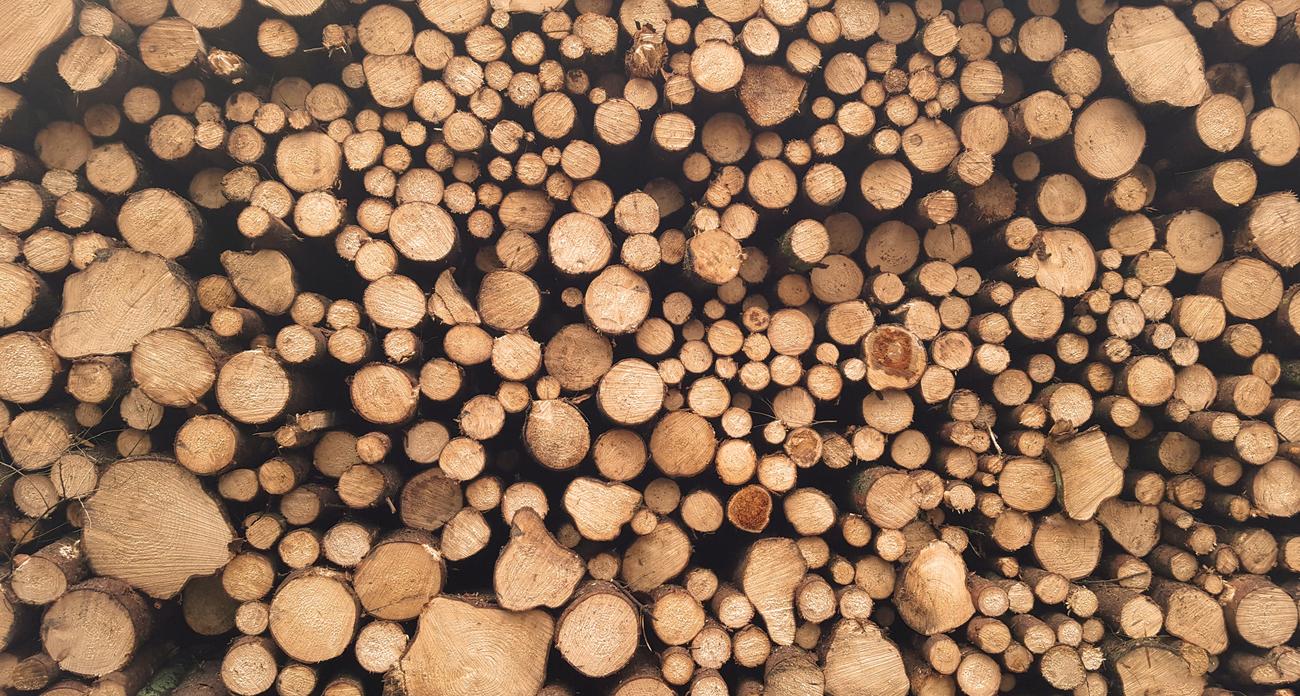
Who made the first compost?
Composting is an ancient practice that has been around for thousands of years. It is the natural process of recycling organic matter into a valuable fertilizer that can enrich soil and plants. But who can be credited with inventing the first compost? Let’s dive into history and uncover the origins of this crucial agricultural technique.
George Washington: America’s First Composter
When discussing the history of composting, it is impossible not to mention George Washington, one of America’s founding fathers. In an engraving entitled ‘Washington as a Farmer,’ we see him planting a tree on his estate, Mount Vernon, in Virginia during the late 18th century. Washington was not only a political visionary but also a fervent advocate for sustainable farming practices. He implemented composting techniques on his land, recognizing the benefits of enriching soil fertility through organic waste management.
Stone Age Origins: A Reclaimed Approach
However, composting predates George Washington by thousands of years. Evidence from the British Isles reveals that the Scots were using compost as early as 12,000 years ago during the Stone Age. The application of reclaimed organic material to farmed fields was a practice even our ancestors recognized as beneficial. It is fascinating to realize that the foundations of composting were established so long ago, with the goal of cultivating healthier and more abundant crops.
Sir Albert Howard: The Father of Organic Composting
One cannot discuss the origins of composting without acknowledging the significant contributions of Sir Albert Howard. Regarded as the father of organic composting, Howard was a British agricultural scientist and writer who lived in the late 19th and early 20th centuries. He advocated for sustainable and ecologically sound farming practices, which included the use of compost. Howard’s pioneering work emphasized the importance of recycling organic materials and conducting composting processes to maintain soil fertility and foster healthy plant growth.
Through his research and practical application, Howard laid the groundwork for modern composting techniques. He emphasized the need to decompose plant and food waste, recycle organic materials, and incorporate manure. The result is a nutrient-rich mixture teeming with beneficial organisms, which can effectively enhance soil fertility and support the growth of crops.
Composting: From Small Farms to Large-scale Operations
Composting has evolved over time, moving beyond the small farming operations of the past. Today, it has become an essential practice in both large-scale agricultural settings and personal gardening. The reasons for this transition are clear: composting improves soil health, reduces the need for synthetic fertilizers, and helps manage organic waste effectively.
Improving Soil Fertility: A Historical Purpose
Throughout history, the primary use of composting has been to improve soil fertility. By adding nutrient-rich organic matter back into the soil, compost replenishes essential elements and enhances its structure. This, in turn, promotes healthy root development, water retention, and nutrient uptake for plants. Compost acts as a natural fertilizer, feeding the soil and setting the stage for abundant harvests.
In summary, composting has a rich historical background that stretches back to the Stone Age. While George Washington can be considered America’s first composter, the practice predates him by millennia. Sir Albert Howard’s pioneering work further advanced composting techniques and laid the foundation for the modern approach we use today. From small farms to large-scale operations, composting continues to play a crucial role in improving soil health and fostering sustainable agriculture.
As we explore the origins of composting, it is awe-inspiring to realize that this ancient practice remains incredibly relevant in our modern world. The wisdom of our ancestors and the innovation of agricultural pioneers like Sir Albert Howard have shaped a valuable technique that allows us to harness the power of nature to nurture our crops and protect our planet.
“Composting is a timeless practice that echoes the wisdom of our ancestors and shapes the future of sustainable agriculture.”
Composting is not just a way to reduce waste, it’s also a fascinating process that can teach us a lot about the natural world. If you’re curious about fun facts about compost, look no further! We’ve compiled a list of interesting tidbits that will surely pique your interest. From the surprising speed at which organic waste decomposes to the powerful impact compost has on soil fertility, there’s so much to discover. So, click here to explore these amazing fun facts about compost: fun facts about compost. Get ready to be amazed by the hidden wonders of this sustainable practice!
Composting is a popular practice among gardeners due to the many benefits it provides for plants and soil. In this article, we will discuss the simplest and easiest method to create compost piles, as explained in the YouTube video titled “How to make Compost – The Simplest Easy Method To Compost Piles!”
[youtube v=”nxTzuasQLFo”]
Compost is considered a gardener’s best friend as it serves as a fantastic fertilizer for flowers, trees, shrubs, vegetables, and even lawns. It is a rich source of nutrients that are slowly released, allowing plants to absorb them as needed. Additionally, compost helps improve the quality of clay and sandy soils, making them easier to work with and better able to retain water. The universal benefits of compost make it an essential addition to any type of plant.
Starting a compost pile may seem overwhelming with all the technical information available. However, in this tutorial, we will simplify the process so that even beginners can easily create compost. The key is to keep it simple and passive, yet highly effective.
To make compost, you will need four basic ingredients: green material, brown material, water, and a small amount of air. Green material refers to organic waste from the kitchen, such as fruit and vegetable scraps, as well as grass clippings. These materials are rich in nitrogen and help create a “hot” compost pile that breaks down quickly. Coffee grounds and green leafy yard waste can also be added as green material.
On the other hand, brown material consists of items like cardboard, newspaper, dried leaves, and sawdust. These materials provide carbon and serve as a source of energy for the composting process. It is important to avoid glossy paper or anything that is not plant-based in the brown materials, as they will not break down effectively.
It is recommended to compost directly on the ground to allow worms to aid in the decomposition process, even if the pile is not currently heating up. Worms naturally find compost and help break down the remaining organic matter. If feasible, this ground-level composting technique is highly beneficial.
When starting a new compost pile, it is essential to follow a specific layering process. Begin by layering brown materials, followed by green materials. Repeat this process, ensuring thorough mixing as you go. It is crucial to maintain proper hydration in the pile, particularly for the dry brown materials. Aim for a moisture level similar to a rung-out sponge.
To fast-track the decomposition process, it is helpful to include a handful of compost or soil from an existing pile. This introduces beneficial bacteria that jumpstart the breakdown of organic matter. However, if you do not have existing compost, garden soil will suffice.
Maintaining the correct balance between green and brown materials is crucial for successful composting. Ideally, aim for a 50:50 ratio of green to brown materials. If you have an excess of either, you can adjust the balance by adding more of the deficient material or by turning the pile more frequently.
Once your compost pile is established, it is recommended to have three separate piles: one for continuous addition of new materials, one for fully decomposed compost ready for use, and one that is almost finished. By having multiple piles, you ensure a constant supply of compost while allowing the decomposition process to occur at various stages.
Grass clippings require daily mixing due to their rapid breakdown and tendency to mat together. Failure to mix them regularly can lead to the formation of anaerobic bacteria, which slows down the composting process. Mixing the pile daily helps prevent this issue and maintains proper aeration.
As your compost piles age, it is common to see steam rising from the pile, indicating the breakdown of nitrogen and a healthy composting process. Using an infrared thermometer, you can monitor the temperature inside the pile. A temperature above 130 degrees Fahrenheit indicates an active composting process.
In conclusion, creating compost piles can be a simple and straightforward process. By following the easy method explained in this article, you can produce abundant compost to enrich your garden. Remember to maintain the correct balance between green and brown materials, provide adequate moisture, and regularly mix the pile to ensure optimal decomposition. With a little effort and patience, you will have nutrient-rich compost to improve the health and productivity of your plants.
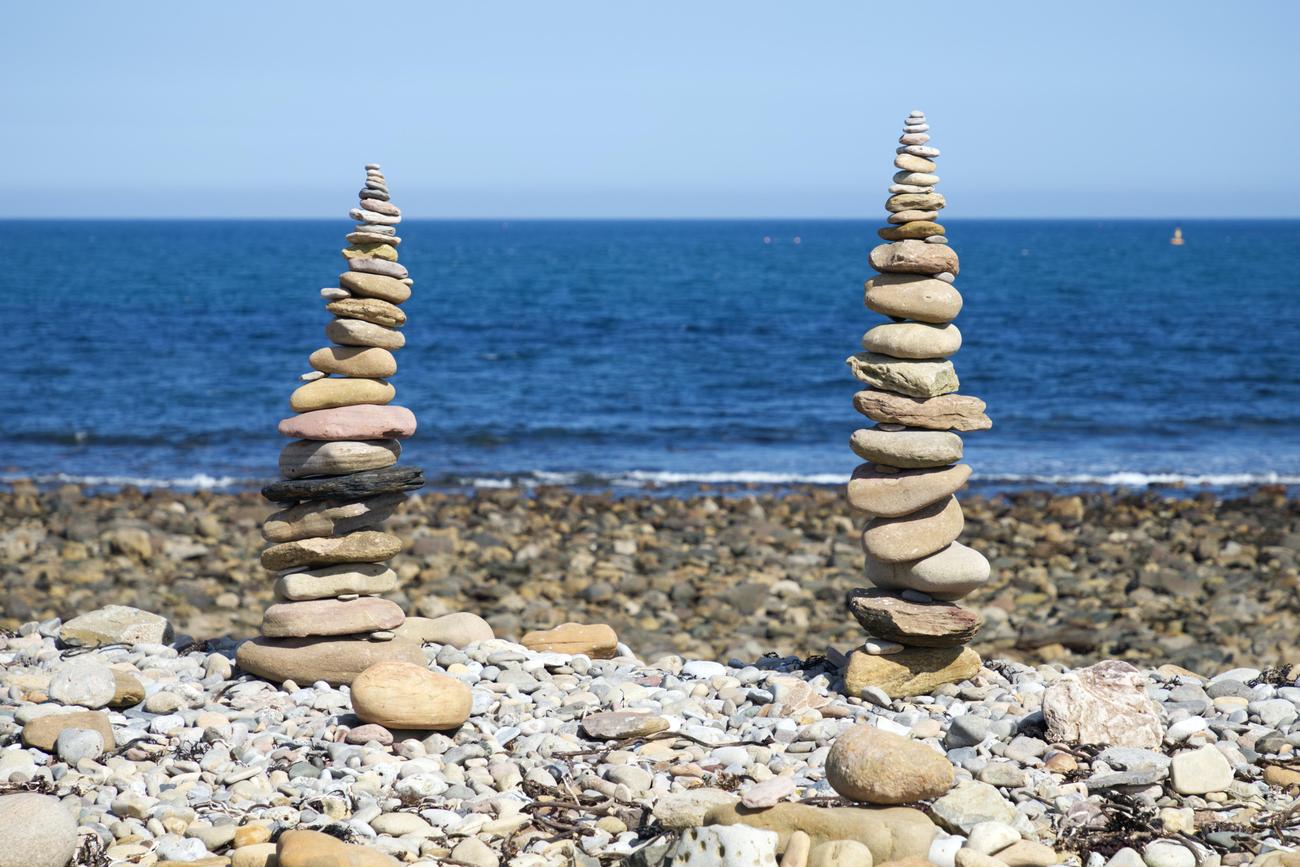
FAQ
Question 1: How is George Washington connected to the origins of composting?
Answer: George Washington is considered “America’s First Composter” and one of the founding fathers of American composting. An engraving entitled ‘Washington as a Farmer’ depicts him planting a tree on his estate, Mount Vernon, Virginia, in the late 18th century, showcasing his involvement in organic waste management systems.
Question 2: When did the use of composting begin?
Answer: The use of composting dates back to at least the Stone Age, with evidence from the British Isles of Scots using compost 12,000 years ago. However, the historical development of composting techniques has evolved significantly over time.
Question 3: Who is often regarded as the father of organic composting?
Answer: Sir Albert Howard is often regarded as the father of organic composting. His research and advocacy for composting methods led to significant advancements in understanding the benefits of compost and its application in organic farming practices.
Question 4: What is compost made of?
Answer: Compost is prepared by decomposing plant and food waste, recycling organic materials, and adding manure. This process results in a mixture rich in plant nutrients and beneficial organisms, which can enhance soil fertility.
Question 5: Has composting transitioned from small-scale to larger-scale operations?
Answer: Yes, composting has transitioned from small farming operations to larger-scale operations due to its recognized benefits in improving soil fertility and sustainable waste management. Today, both small-scale and large-scale composting methods are utilized to recycle organic matter and produce valuable fertilizer for enriching soil and promoting healthy plant growth.
- Star Ring Trends: Etsy vs Amazon - March 28, 2025
- Boost Pollinator Habitats: Baby Blue Eyes Sustainable Farming Guide - March 28, 2025
- Protect Big Black Bears: Effective Conservation Strategies - March 28, 2025
